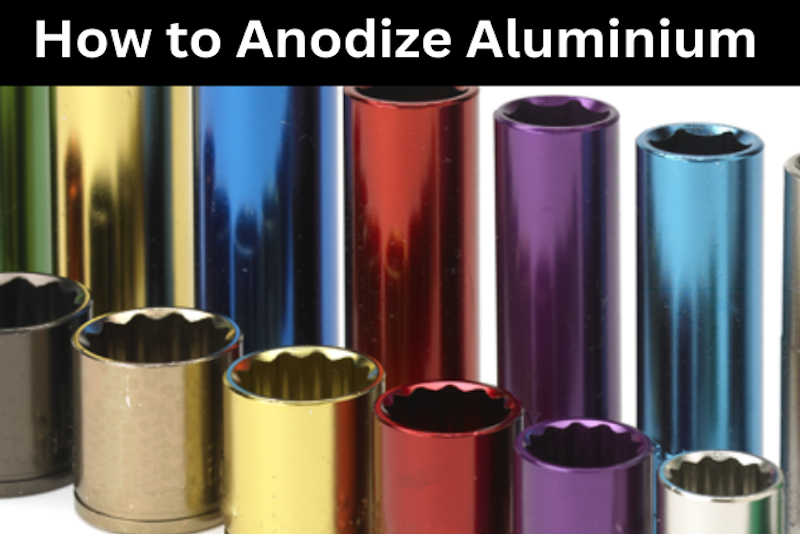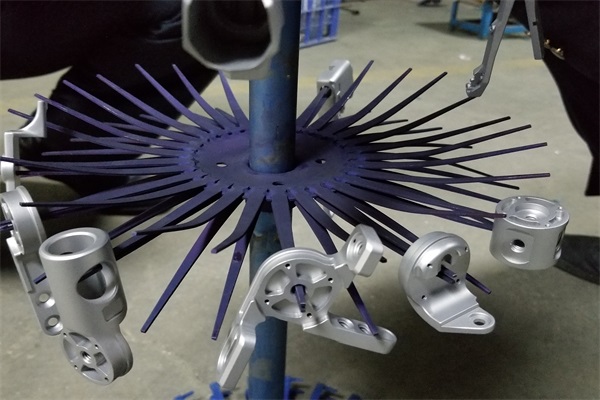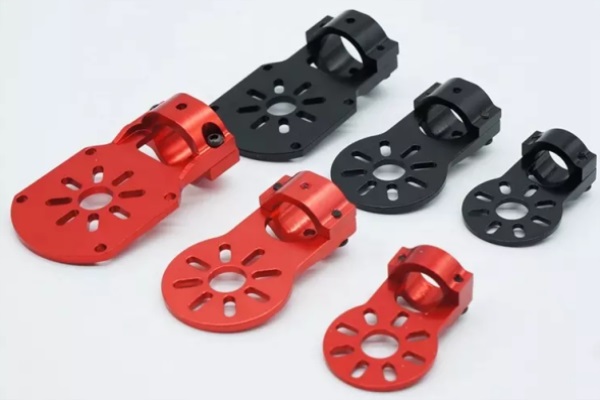Die-cast aluminum’s low weight, strength, and corrosion resistance make it a popular preference in lots of distinctive sectors. On the alternative aspect, anodizing is a floor treatment process that improves aluminum’s features, increasing its resistance to abrasion, corrosion, and wear. We will examine the advantages, difficulties, and best practices for anodizing die-cast aluminum and glass in this post.
Table of Contents
- 1 Can die-Cast aluminum be anodized?
- 2 Challenges in anodization of die-cast aluminum:
- 3 Tips for Anodizing Die-Cast Aluminum:
- 4 FAQs – Additional Questions and Answers:
- 4.1 Is it possible to anodize die-cast aluminum in various colours?
- 4.2 Is die-cast aluminum that has been anodized appropriate for outdoor use?
- 4.3 Is it possible to remove the anodizing from aluminum die-forged?
- 4.4 Can I polish anodized die-forged aluminum?
- 4.5 Can anodized die-forged aluminum be welded?
- 5 Conclusion
Can die-Cast aluminum be anodized?
Although anodizing die casting aluminum is technically feasible, there are often ad hoc processes that require surface work and/or optimization of the anodizing process Cast aluminum alloys are specially designed so it becomes easier to cast its water, without paying attention to the surface characteristics. The addition of silicon, which increases melt-fluidity, does not lend itself well to anodization during solidification. This presents a challenge because the cast surface is often uneven and invisible, making it difficult to achieve consistent and proper anodization.
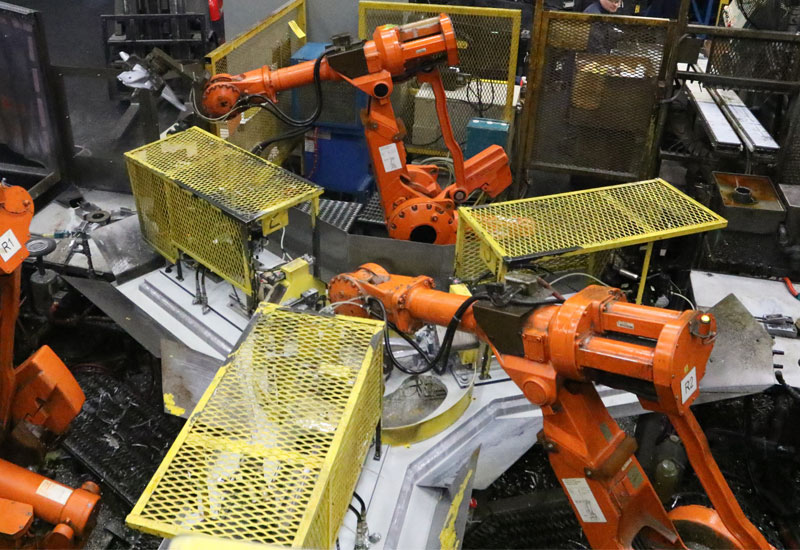
There is no single method for anodizing die-cast aluminum products. Two major obstacles hinder the process: the chemical complexity and topography of the cast surface and the need for inadequate anodizing baths, which often require trial and error. Overcoming these challenges may require additional capital expenditure to offset the cost of aluminum die casting.
It is important to approach the discussion of simple processes for anodizing dead aluminum surfaces with skepticism. Such information may sacrifice surface similarity for reliability or greater refinement for post-casting surface treatment and reaction parameters for a particular product.
Challenges in anodization of die-cast aluminum:
Porosity
Die-cast aluminum is known for its porous structure, which can cause inconsistent anodizing results. Air pockets and voids in the material can affect the uniformity of the oxide layer.
Alloy Composition
The alloy compositions of die-forged aluminum may additionally range, and a few alloys may additionally interfere with the anodizing manner. For instance, high tiers of copper or silicon can lead to anodic coating rusting or anodic discolouration.
Surface Finish
The anodized aluminum finish’s quality and appearance may be diminished by die-cast aluminum’s generally rougher surface compared to other forms of aluminum. To achieve a uniformly smooth surface finish, proper surface preparation—such as sanding or polishing—might be necessary.
Heat Treatment
To enhance its mechanical qualities, die aluminum is frequently heat treated. Heat treatment, however, may have an impact on anodizing outcomes, leading to discolouration or decreased adhesion.
Dimensional stability
Die-cast aluminum components may experience dimensional variations as a result of anodizing. It’s crucial to take the component’s appropriateness and any effects on the project into account while anodizing.
Tips for Anodizing Die-Cast Aluminum:
Die-Cast Aluminum: Material Selection
Die-cast aluminum alloys intended for anodizing should be selected with care; these alloys are made especially for this use. To guarantee the finest results, work with vendors or producers who specialize in alloys suitable for anodizing.
Surface Preparation
For the greatest outcomes, the soil must be properly prepared. Before anodizing, clean the surface of any dirt, grease, or pollutants. A smooth surface will aid in the anodic coating’s improved adhesion, so think about utilizing mechanical finishes like sanding or polishing to get there.
Pre-anodizing treatment
Pre-anodizing is a recommended step to do before anodizing. To improve the adherence to the anodic coating and eliminate impurities, this step may involve de-oxidizing or de-smoothing procedures. A thorough cleaning of the surface will enhance the overall anodized finish.
Anodizing parameters
Preparation of anodizing parameters is important for the successful anodization of die-cast aluminum. Properties such as voltage, current density, and bath composition may need to be optimized for the specific characteristics of pressure die casting aluminum alloys. Trials and tests may be required to determine the optimum conditions for which they want to.
Anodizing Post-Treatment
Consider applying sealants or dyes to similarly decorate the corrosion resistance and aesthetic look of the anodized area. These additional remedies can offer extra safety and beautify the general appearance of the finished product. In addition, a thorough quality check is required to ensure dimensional consistency and colour consistency throughout the anodized surface. This will ensure customer satisfaction while maintaining the integrity of the anodized finish.
FAQs – Additional Questions and Answers:
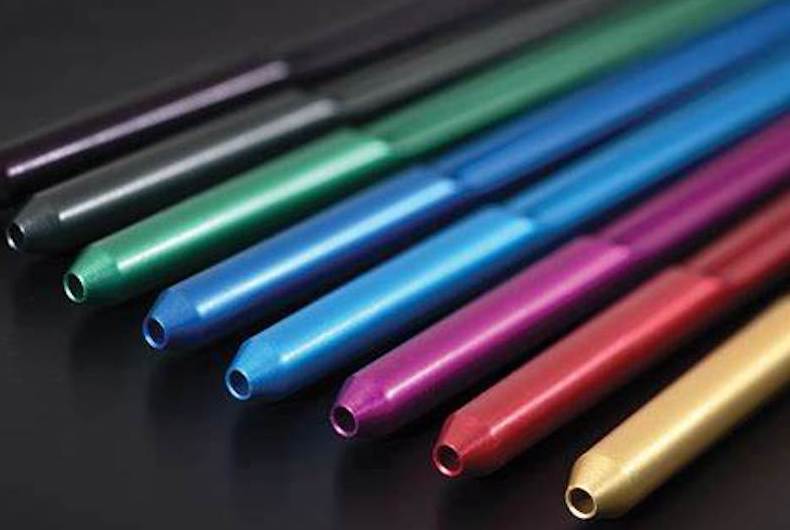
Is it possible to anodize die-cast aluminum in various colours?
Indeed, dyes that are organic or inorganic can be used to colour anodized metal during the anodizing process. The final colour obtained will depend on the anodizing conditions and dye selection.
Is die-cast aluminum that has been anodized appropriate for outdoor use?
Yes, it is strongly advised to utilize anodized die-cast aluminum outside. Anodic coatings prolong product life in tough settings by offering superior protection against corrosion and UV rays.
Is it possible to remove the anodizing from aluminum die-forged?
No, it is hard to undo the anodizing on die-solid aluminum. Anodizing creates an oxide that is resilient to corrosion and necessitates habitual replacement of the steel floor. Once the anodizing process is complete, the metal finish cannot be reversed and returned to its original state because the oxide in the aluminum is embedded in the aluminum and cannot be removed without corroding or penetrating the structure of the material integrity is not at stake.
Can I polish anodized die-forged aluminum?
Polishing anodized die-cast aluminum is feasible however difficult due to the tough, non-porous nature of the anodic coating. Polishing of the aluminum before anodizing is usually recommended to acquire the desired surface finish.
Can anodized die-forged aluminum be welded?
Anodized die-cast aluminum can be welded, but the anodic coating might be laid low in this manner. It is necessary to plot submit-welding remedies together with re-anodizing or touch-up sealing to repair the protective anodic coating.
Conclusion
Die-cast aluminum can resist corrosion and wear better, and it looks better, among other advantages, when it is anodized. The special qualities of die-cast aluminum provide certain obstacles, but they may be overcome with improved material selection, surface preparation, and anodizing parameter adjustments.
Besides from die casting and anodizing, TEAM Rapid also offers rapid prototyping, CNC machining, and injection moulding to meet your project needs. Contact us today to request a free quote now!
